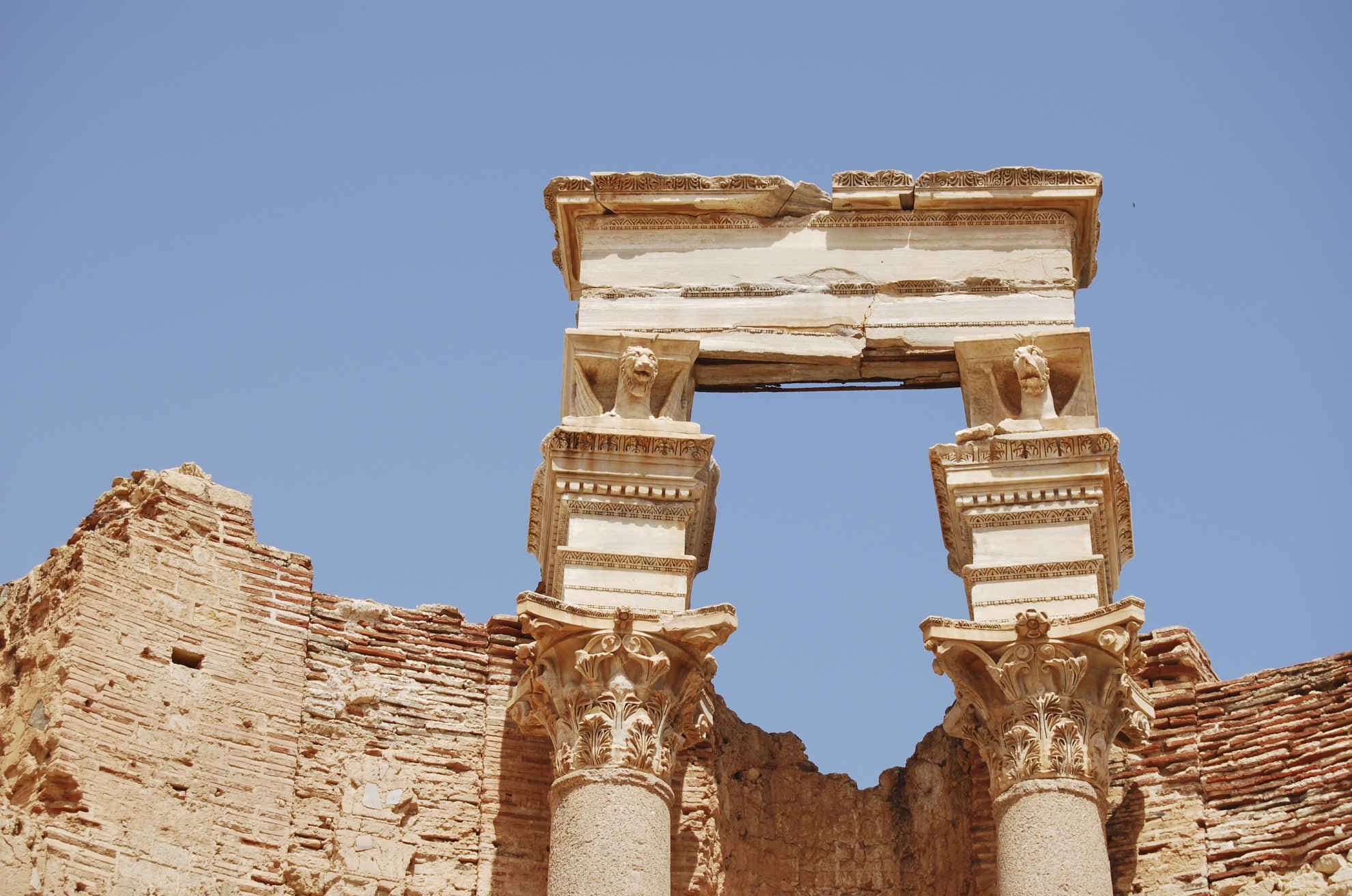Today at the Faculty of History, we had the pleasure of hosting Dr. Chiara Cenati (University of Vienna, ERC MAPPOLA). As part of the second series of digital humanities sessions offered by our Faculty, Dr. Cenati conducted a workshop titled “Encoding Verse Inscriptions in EpiDoc: Historical Approach and Challenges of the MAPPOLA Database”. The event was combined with the official opening of the newly renovated and well-equipped DIGITAL LAB at our Faculty.
Abstract
The aim of this workshop is to provide an introduction on the use of EpiDoc-XML to encode verse inscriptions. Publication tools and epigraphic editors that simplify the encoding will also be presented. The second part of the workshop will be dedicated to the practice in the MAPPOLA database during which the students will learn how to enter geographic and descriptive information and simple texts in EpiDoc with the help of a converter.
The use of controlled vocabularies and data entry in XML format are among the common best practices of Digital Epigraphy. These are shared also by the open-access platform of the ERC-funded project MAPPOLA (Mapping out the poetic landscape(s) of the Roman empire) which aims at displaying the over 4000 Latin and Greek verse inscriptions produced in the Roman world on an interactive map, according to various descriptors which include chronology, type of inscription, prosopographical features, and language.





